State capital in road traffic projects is proposed to increase to attract investors, localities can also use the budget to build roads through other provinces.
These are two of the specific mechanisms for investing in road traffic projects (national highways and expressways) that will be submitted by the Government to the National Assembly and discussed at the group on the afternoon of October 27.
Authorized by the Prime Minister, Minister of Planning and Investment Nguyen Chi Dung presented a report, saying that the Government first proposed to "loosen" the ratio of State capital participating in road traffic projects under the form of public-private partnership (PPP) to a maximum of 70% of the total project investment, an increase of 20% compared to current regulations.
Minister Nguyen Chi Dung explained that in reality, some road traffic projects have large total investment, while the demand for transportation is not high, so more State capital is needed to ensure feasibility when calling for investment. In addition, the money for site clearance in some projects accounts for a high proportion of the total investment, if the State capital is low, it will be difficult to be financially effective, not attractive to investors.
Therefore, increasing the proportion of State capital in road transport PPP projects aims to create incentives to mobilize private capital, attract investors and banks to invest when the project's financial efficiency is guaranteed. This is also a policy that the National Assembly has allowed to be applied in Ho Chi Minh City, according to Resolution 98.
In addition, the Government proposed that provincial People's Committees have the authority to implement expressway and national highway investment projects using local budgets (including central support capital, if any). This policy aims to promote the potential, advantages and responsibilities of local leaders, as well as facilitate planning and infrastructure connection, according to Minister Nguyen Chi Dung.
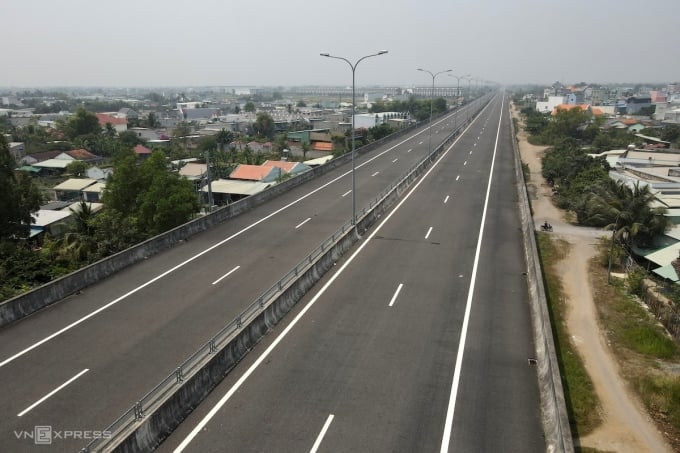
A section of Ben Luc - Long Thanh expressway, passing through Hung Long commune (Binh Chanh district, Ho Chi Minh City), March 2023. Photo: Thanh Tung
For transport projects passing through many localities, the Prime Minister shall consider and decide to assign a provincial People's Committee as the investment management agency, and use the local budget to support investment capital for other provinces to carry out the project.
Mr. Dung stated that current regulations do not allow localities to decide on investment policies or allocate capital for projects passing through other provinces. In reality, many transport projects pass through many localities, or cross the border of two localities by bridges or tunnels. "If each locality invests in half of the bridge or tunnel, it will not be convenient for project management, wasting apparatus, time, and investment procedures. Therefore, this policy aims to unify authority and remove obstacles for transport projects passing through many localities," said the Minister of Planning and Investment.
The next policy proposed by the Government is a special mechanism for the exploitation of common construction material minerals, in the context that many ongoing projects lack materials and prices are pushed up.
The Government proposes to apply these specific mechanisms and policies until the end of 2025. Each mechanism will be accompanied by a list of specific projects to be applied in localities.
Finally, the Government proposed that the National Assembly allow a one-time application of a special mechanism to projects from additional revenue from the 2022 central budget. The types of projects expected to apply this policy include newly granted and started projects in the 2021-2025 period; projects managed by localities that are included in the medium-term public investment plan (2021-2025)...
In addition, the capital increased from the central budget revenue in 2022 will be used to pay for site clearance costs (including late payment) of settled projects.
Examining this content , the Economic Committee agreed that there should be a special mechanism for investing in expressway and national highway projects, but there were also opinions that disagreed because the effectiveness of the policy was not clear. Therefore, this agency suggested that the Government supplement and evaluate more carefully the impact of the policies and clarify the resources for implementation.
Regarding each specific mechanism, the Economic Committee agreed to increase the proportion of State capital in PPP transport projects to a maximum of 70% of the total project investment. However, this agency noted that the above policy has not yet completely resolved the difficulties of current PPP transport projects. Because, recent reality shows that PPP transport projects have difficulty in mobilizing capital due to unstable and frequently changing State mechanisms and policies, but there is no satisfactory mechanism to protect investors.
On the other hand, the shortcomings of previous BOT transport projects have not been completely resolved; the actual traffic volume of these projects is much lower than the proposed financial plan, and the slow increase in service fees according to the project contract. This makes investor banks concerned about participating in investment in PPP transport projects.
There are suggestions that the proportion of state capital participating in the project can be increased compared to the provisions of the PPP Law, but not exceeding the cost of compensation and resettlement support when the State reclaims land and not determining a specific proportion to avoid cases of taking advantage to request a higher level of support from the State.
Regarding the assignment of investment rights for road traffic projects to the Provincial People's Committee, according to the Economic Committee, this policy has been applied to a number of projects under the economic recovery program under Resolution 43. However, the actual implementation also revealed limitations, such as the Project Management Board in localities is not synchronous, there are cases where localities do well, some localities encounter difficulties, easily leading to the situation of not completing the progress of component projects.
Therefore, the Economic Committee recommends that the Government supplement the preliminary assessment of the implementation of this policy during the implementation of Resolution 43 to further convince National Assembly deputies.
Similarly, the appraisal agency proposed that the Government review the specific mechanism for projects using capital from the 2022 central budget increase to ensure that there is no dispersion, loss, waste and compliance with legal regulations on public investment and budget.
The Economic Committee proposed not to consider the list and specific capital levels for the projects and not to attach them to the draft Resolution of the National Assembly. The reason is that the projects have not yet had their investment policies approved, so there is no basis for allocating central budget capital. The list of projects specifically states the capital levels from the increased central budget revenue, while the National Assembly Standing Committee has not yet considered and decided on the allocation of the 2022 budget for these projects.
In case a list is needed to accompany the Resolution to clearly identify the subjects of the pilot application, it is proposed not to specify the capital amount from the 2022 central budget revenue increase source for each project.
Source link







![[Photo] Closing of the 11th Conference of the 13th Central Committee of the Communist Party of Vietnam](https://vstatic.vietnam.vn/vietnam/resource/IMAGE/2025/4/12/114b57fe6e9b4814a5ddfacf6dfe5b7f)


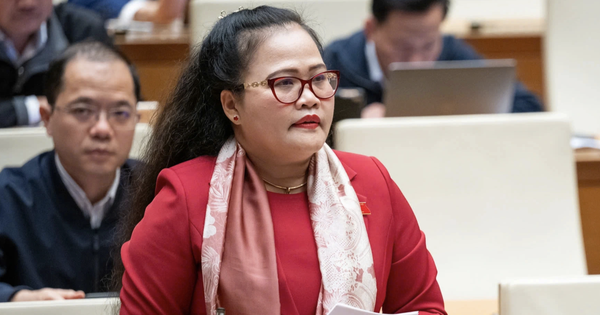



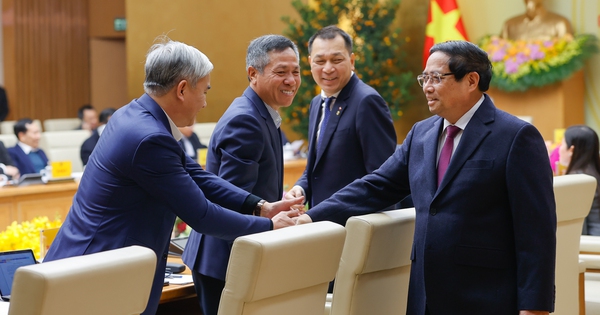

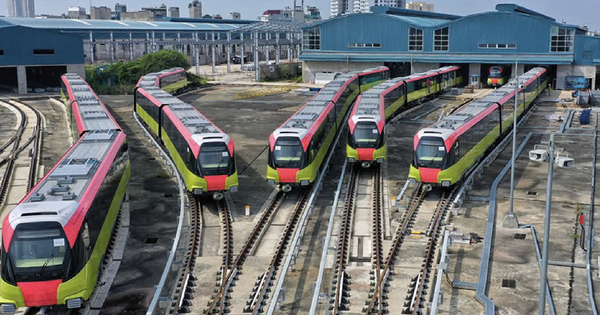
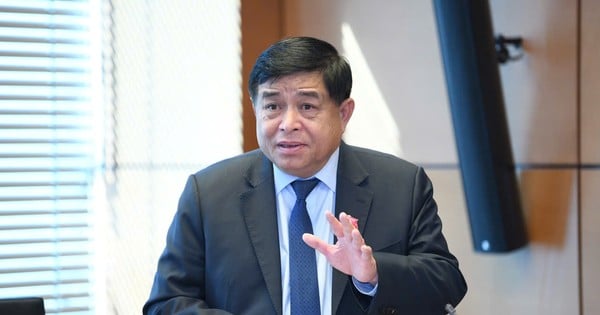





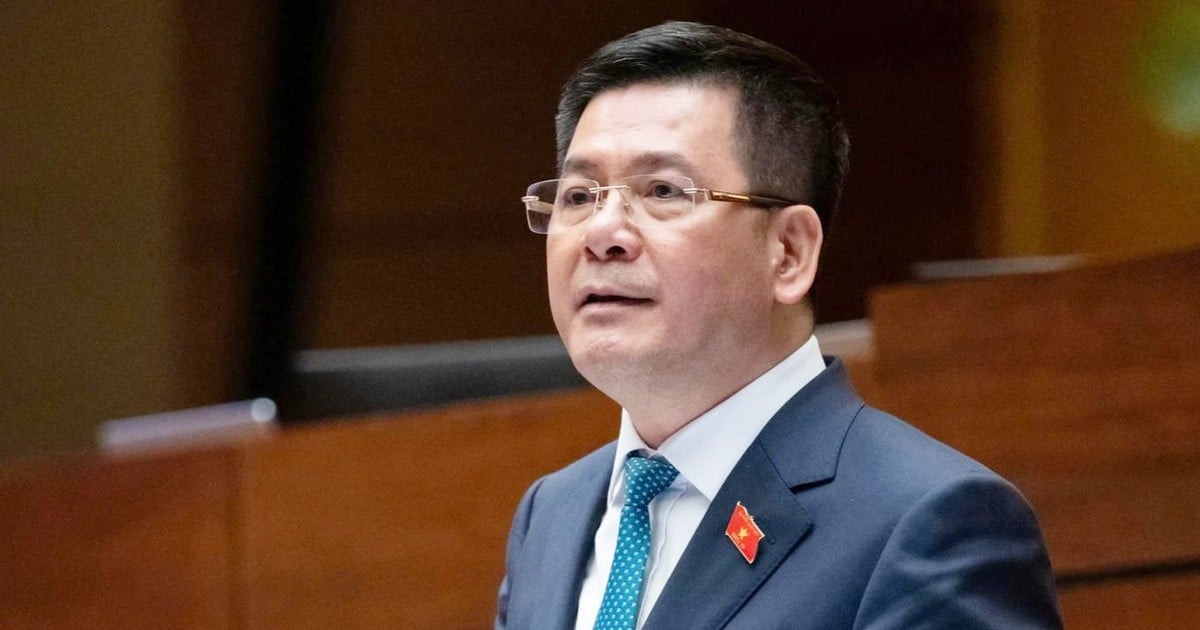











![[Photo] Overcoming all difficulties, speeding up construction progress of Hoa Binh Hydropower Plant Expansion Project](https://vstatic.vietnam.vn/vietnam/resource/IMAGE/2025/4/12/bff04b551e98484c84d74c8faa3526e0)

































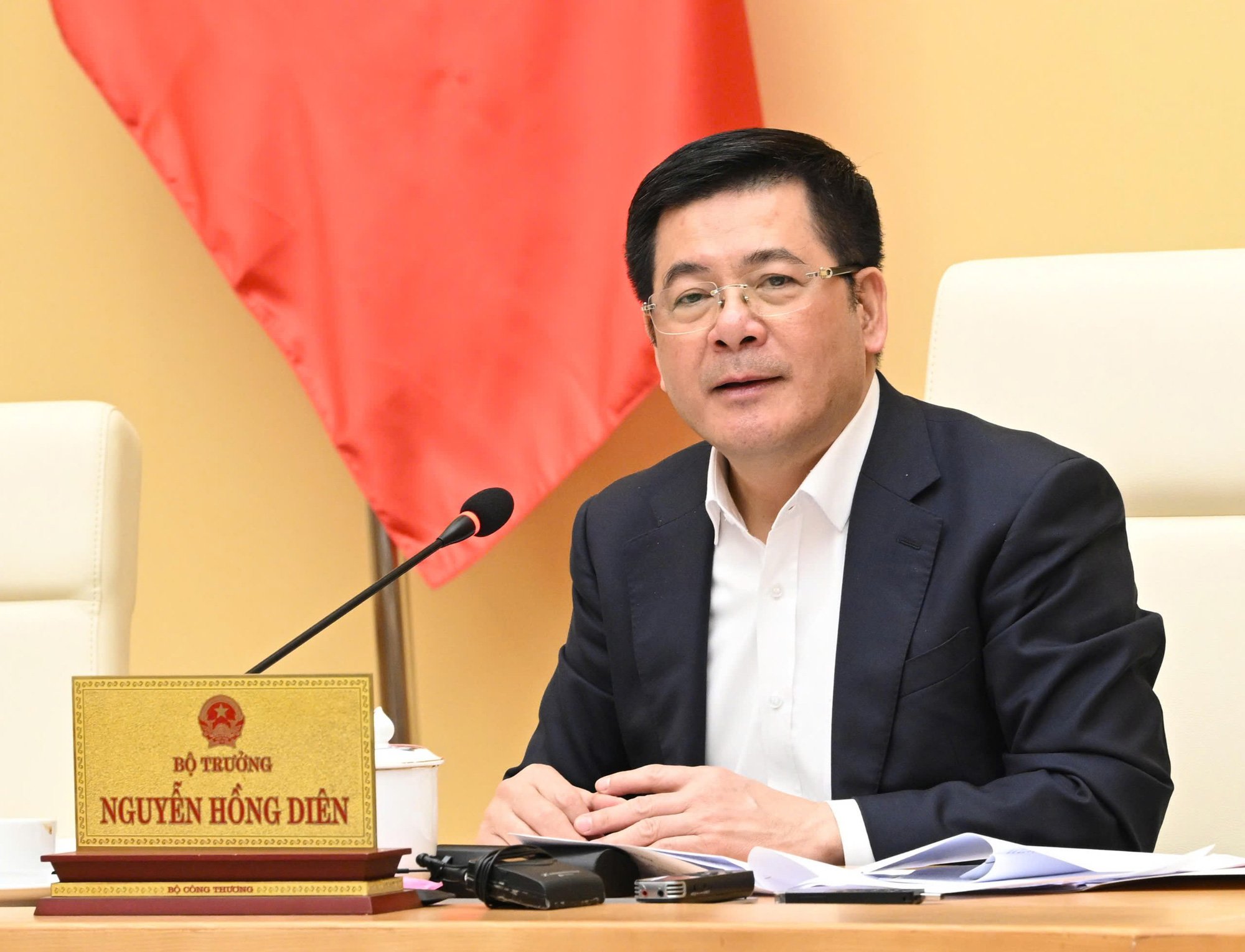
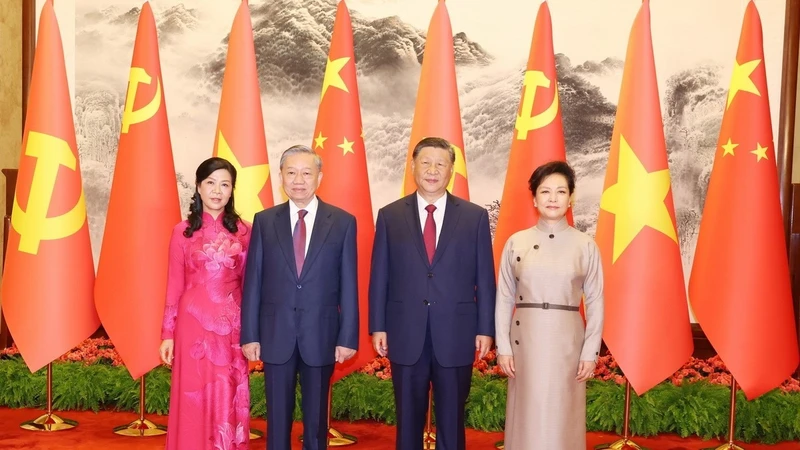











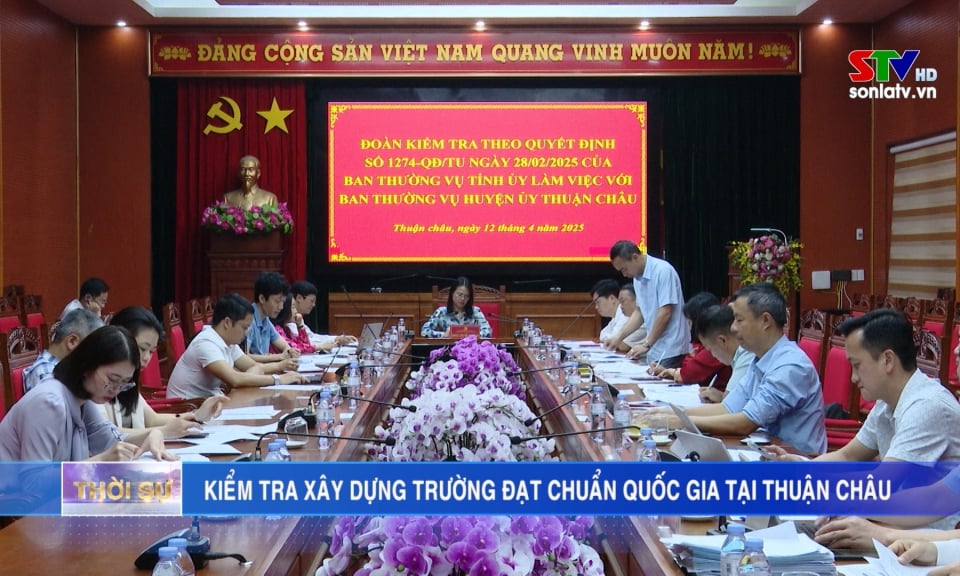


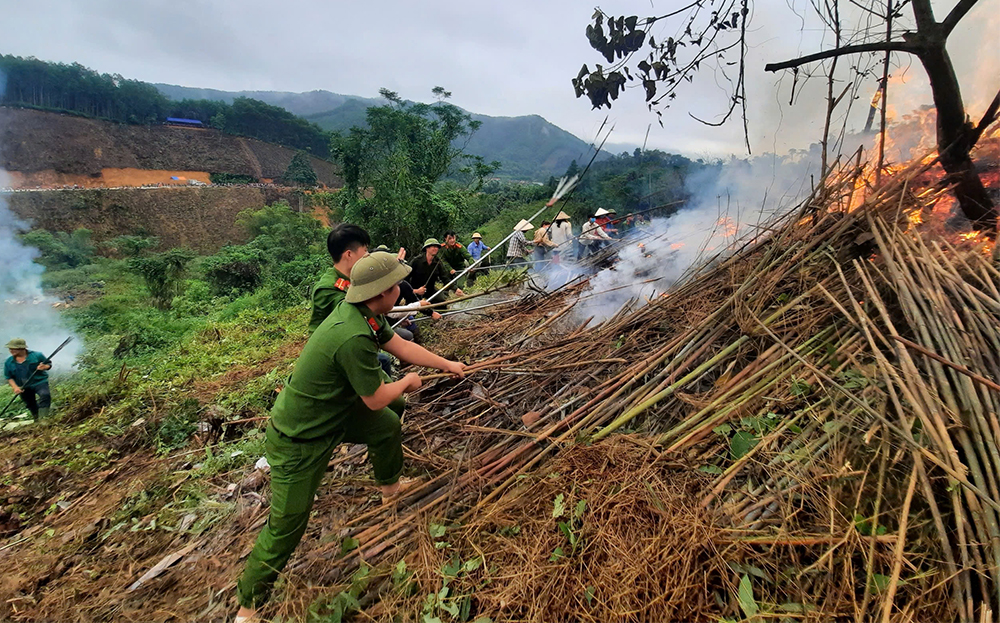
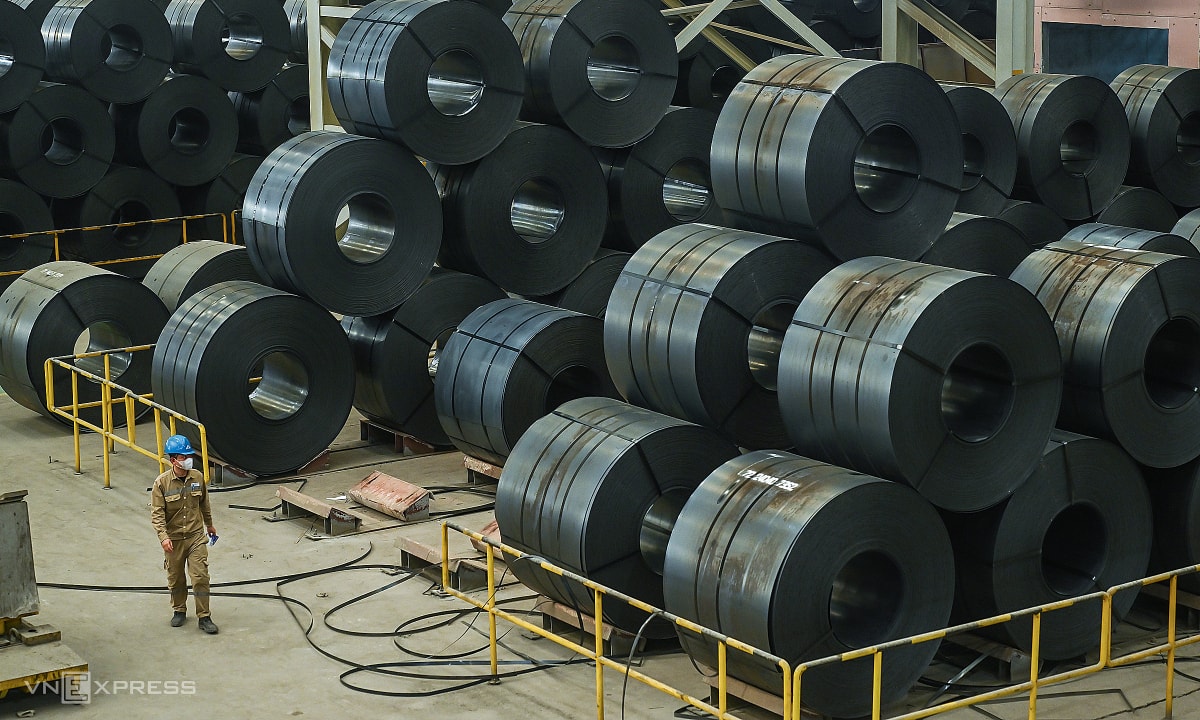

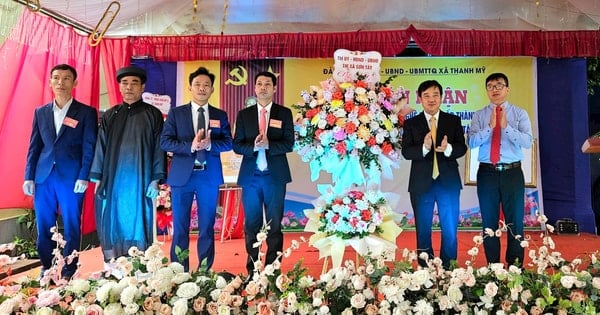










Comment (0)